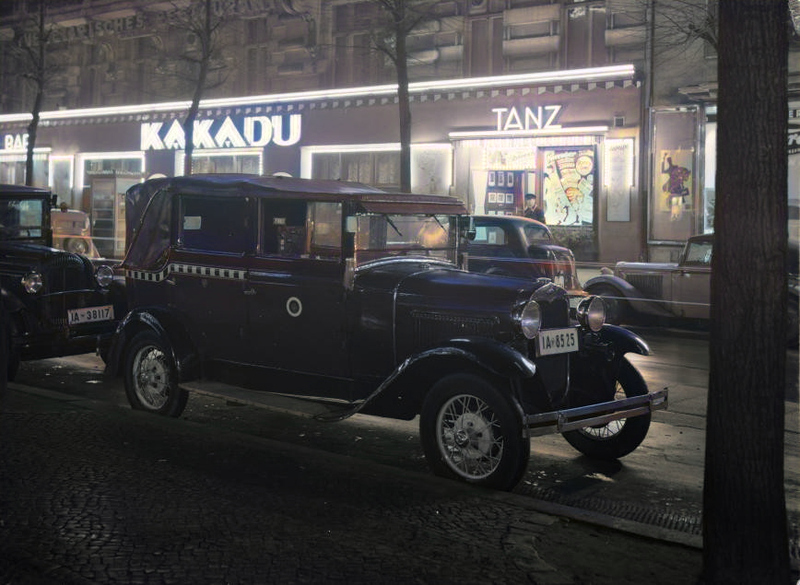
The Kakadu (1919-1937), one of Berlin’s most famous dance and nightclubs in the 1920s. It offered a bar, a large dance floor, performances by well-known jazz bands, cabaret and a vegetarian restaurant. Photo (colorized) by Willem van de Poll, Nationaal Archief, CC BY-SA 3.0
The Roaring Twenties, often described as the Jazz Age, was an era that roared with exuberance, marked by radical changes in social life and a vibrant, electrifying nightlife scene. This period, which followed the bleak years of World War I, brought forth a newfound sense of liberation and cultural rebellion. The 1920s was an age when traditional norms were challenged, and a hedonistic spirit swept across both sides of the Atlantic. Especially interesting was the social life and nightlife that defined this unforgettable era.
Speakeasies: Defiance Against Society
One of the most defining features of the Roaring Twenties was the prohibition of alcohol in the United States, which lasted from 1920 to 1933. Paradoxically, Prohibition fueled a thriving underground nightlife scene. Speakeasies, also known as blind pigs or gin joints, were illicit bars hidden behind unassuming facades. They became the heartbeat of the Jazz Age. These secret venues offered jazz music, dancing, and, of course, illegal cocktails.
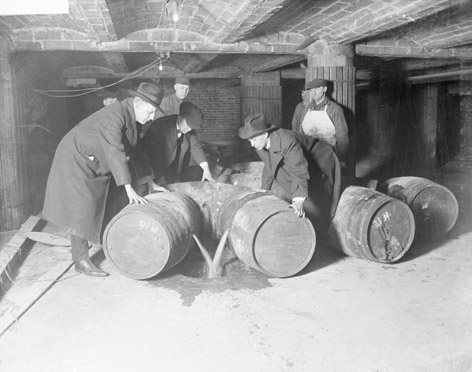
Speakeasies were not only a place to enjoy a drink but also a symbol of defiance against the puritanical values of the time. They represented a break from societal norms, where people could let loose and indulge in the newfound pleasures of life. The Cotton Club in Harlem, New York, and the Green Mill in Chicago were among the most famous speakeasies of the era, hosting jazz legends like Duke Ellington and Louis Armstrong.
International Appeal of Jazz
As the name Jazz Age says, the 1920s was an era when jazz music took the world by storm. Born in the United States, jazz was the quintessential sound of the Roaring Twenties. Its intoxicating rhythms, improvisation, and syncopation mirrored the spirit of the age. Jazz bands and orchestras became the stars of the era, with their music filling dance floors and speakeasies every night.
In Europe, jazz was embraced with equal fervor. Paris, in particular, became a hub for jazz musicians and enthusiasts. The city’s nightlife scene, centered around Montmartre and the famous Le Caveau de la Huchette, was a testament to the international appeal of jazz. Musicians like Django Reinhardt and Josephine Baker became iconic figures in the Parisian jazz scene.
Cultural Fusion
Jazz Age was a time of cultural exchange, with European and American influences blending in the world’s major cities. This cultural fusion was especially evident in the nightlife scene. American jazz musicians traveled to Europe, spreading the gospel of jazz, while European artists and performers found inspiration in American culture.
Paris, often dubbed the “Capital of the Jazz Age,” exemplified this international flair. The city attracted artists, writers, and musicians from around the world, creating a melting pot of creativity. The cross-pollination of ideas and cultures led to a vibrant and cosmopolitan nightlife.
Decadence and Opulence: The High Society Scene
While speakeasies and dance halls were accessible to many, the 1920s also saw the rise of opulent, exclusive social clubs and high-society gatherings. The elite of the era reveled in lavish parties, where excess was the order of the day.
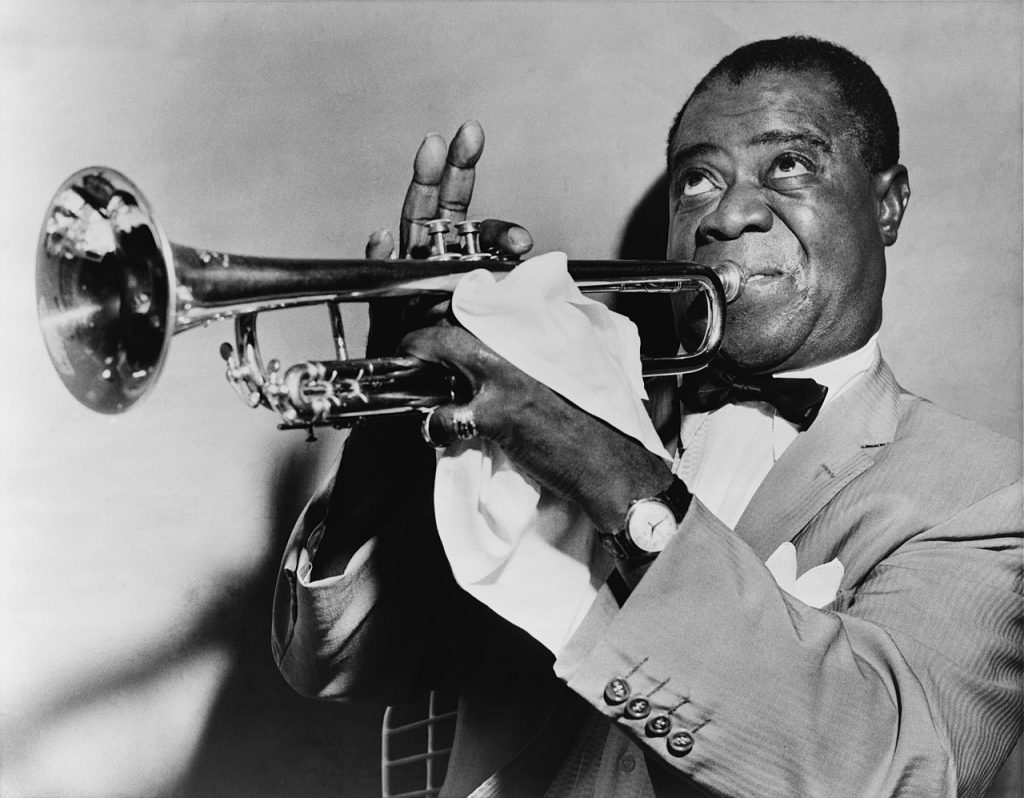
The Roaring Twenties were exemplified by the extravagant parties of Jay Gatsby in F. Scott Fitzgerald’s novel “The Great Gatsby.” These gatherings were characterized by grandeur, excess, and a sense of escapism from the realities of the time. In Europe, similar high-society scenes were thriving, with aristocrats and socialites hosting extravagant soirees.
Flapper Spirit
The Roaring Twenties introduced a new archetype of womanhood: the flapper. Flappers were young women who defied traditional gender roles and societal expectations. They sported short haircuts, donned fashionable, often risqué attire, and embraced a more liberated lifestyle. This newfound freedom was reflected in their attitudes, characterized by independence and a rejection of Victorian-era constraints.
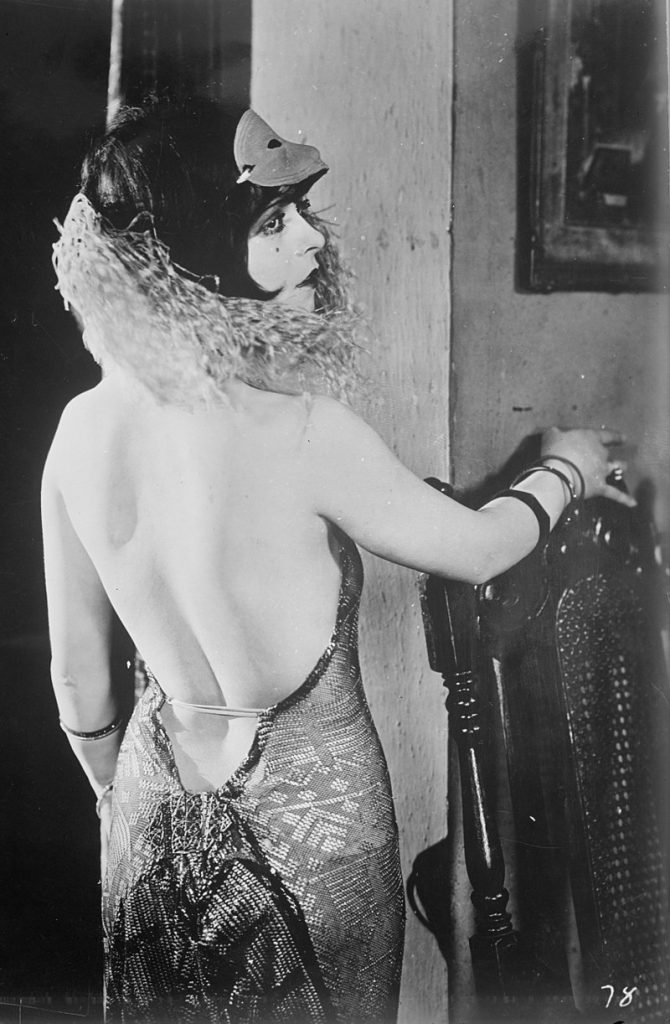
Flappers were a central part of the vibrant nightlife, where they danced the Charleston, the Black Bottom, and other lively dances. They smoked cigarettes in public, drank alcohol, and challenged societal norms at every turn. Icons like Clara Bow and Louise Brooks epitomized the flapper spirit in Hollywood, while women like Zelda Fitzgerald embodied it in real life.
Dance Crazes
Dance played a pivotal role in the social life of the Jazz Age. Dance halls and ballrooms were the epicenters of the nightlife scene, where people from all walks of life came together to celebrate the joy of movement. The Charleston, with its energetic, carefree steps, became the dance craze of the decade.
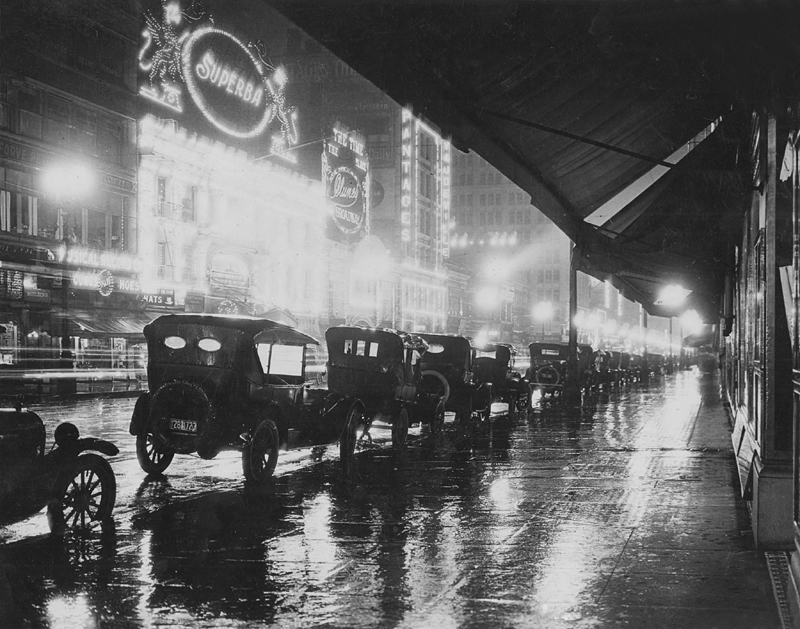
In Europe, similar dance crazes took hold, with the Foxtrot and the Tango gaining popularity. European ballrooms of the 1920s were renowned for their opulence and grandeur. They often featured lavish decor, including crystal chandeliers, ornate ceilings, marble floors, and intricate architectural details. These settings provided a luxurious backdrop for the high-society social scene of the era. The Savoy Ballroom in London and the Eldorado in Berlin were renowned venues that attracted both local and international dancers.
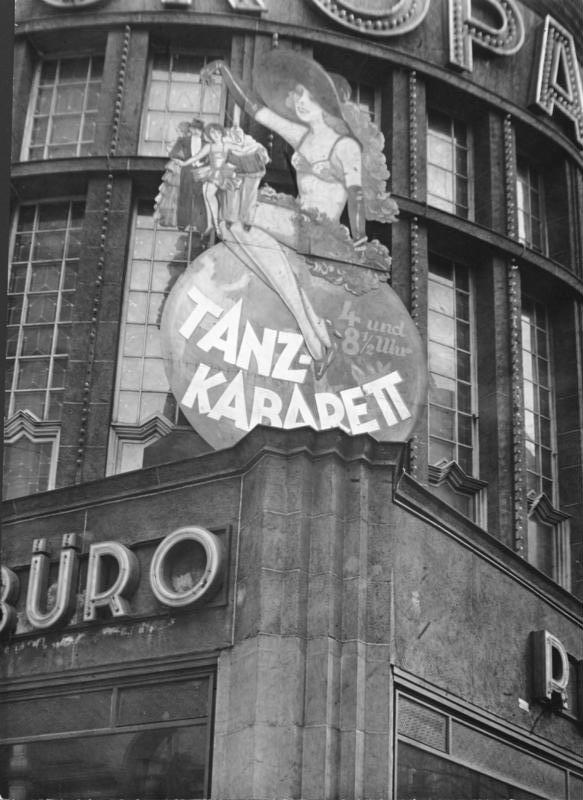
Many ballrooms enforced strict dress codes and admission policies, making them exclusive venues for the upper classes and aristocracy. The guest lists often included nobility, wealthy industrialists, celebrities, and socialites. These gatherings were seen as opportunities to display one’s social status and affluence.
The Roaring Twenties witnessed the emergence of numerous dance crazes that took the ballroom scene by storm. Dances like the Charleston, Foxtrot, and Tango were not only popular in Europe but also represented a break from traditional ballroom etiquette. The lively and often improvisational nature of these dances perfectly complemented the exuberance of the era.
Each of these dances has its own unique style and cultural significance.
Charleston: Carefree and Rebellious Spirit
The Charleston is a lively and energetic dance that originated in the United States during the Roaring Twenties, specifically in the African-American communities of Charleston, South Carolina. It gained widespread popularity during this era and became a symbol of the carefree and rebellious spirit.
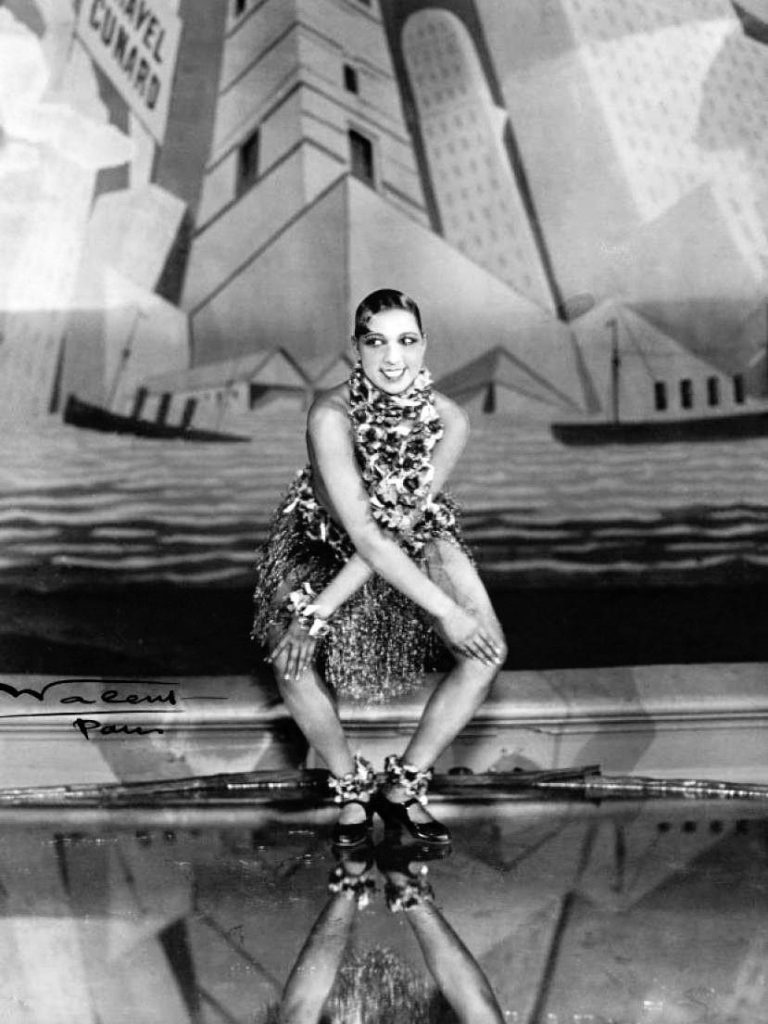
The Charleston is known for its fast-paced footwork, which includes kicking, twisting, and swinging the legs playfully and exuberantly. Dancers often perform the Charleston to upbeat jazz music, which perfectly matches the frenetic movements of the dance.
The dance can be done solo or with a partner, and it’s characterized by its high-energy, syncopated steps.
The Charleston was a key dance in the Jazz Age, especially in the speakeasies and dance halls of the time. It represented a break from traditional ballroom dances and a rejection of conservative norms. The Charleston remains popular in various forms of dance and entertainment, including vintage-themed parties and musical theater.
Tango: Passion and Sensuality
The Tango, a passionate and sensual partner dance during the Roaring Twenties called many entertainment lovers to the dancefloor. It originated in the working-class neighborhoods of Buenos Aires, Argentina, and Montevideo, Uruguay, in the late 19th century. It’s known for its intimate connection between dancers and its dramatic, emotional expression. The Tango is typically danced by a male-female couple, with a close embrace and an intense connection between partners. Movements in the Tango are characterized by quick, sharp steps, dramatic pauses, and intricate footwork. The dance often conveys a sense of longing, desire, and complex emotions, making it a highly expressive and dramatic art form.
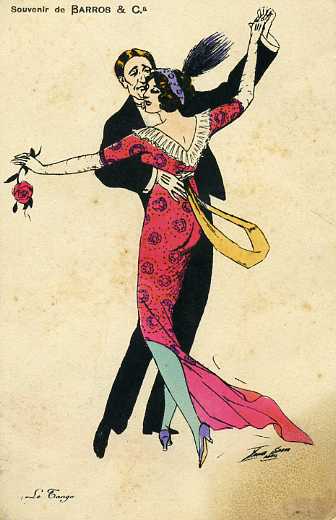
The Tango was originally associated with the working-class neighborhoods of Buenos Aires and later gained international popularity, especially in Europe. It went through various stylistic developments, including Argentine Tango and Ballroom Tango, each with its unique characteristics. The Tango has become an integral part of Argentine culture and is recognized as an UNESCO Intangible Cultural Heritage.
Foxtrot: Smooth and Graceful Movements
Apart from energy and passion, the entertainment of the Roaring Twenties also offered elegance and grace. The Foxtrot is a smooth and elegant ballroom dance that originated in the early 20th century, primarily in the United States. Moderately paced music and its flowing, graceful movements conquered many ballrooms during this era.
The Foxtrot is a partner dance that features a close hold, with dancers moving gracefully around the dance floor. It includes a combination of slow, quick, and walking steps, allowing for a smooth and continuous flow of movement. The dance is known for its versatility, as it can be adapted to various styles of music, including foxtrot, swing, and pop ballads.
The Foxtrot gained popularity in the early 20th century and became a staple of ballroom dance competitions and social events. It is often considered one of the foundational dances in the American Smooth ballroom dance category. The Foxtrot remains a classic and enduring dance style, beloved for its elegance and timeless charm.
In summary, the Charleston, Tango, and Foxtrot are three distinct dances that represent different cultural expressions. The Charleston captures the exuberance of the Roaring Twenties, the Tango embodies the passionate and dramatic spirit of Argentina, and the Foxtrot showcases the elegance of ballroom dancing. Each of these dances continues to have a lasting impact on the world of dance and entertainment.
Catalyst for Change
The social life and nightlife of the Roaring Twenties left an indelible mark on the course of history. The era challenged conventions and norms, ushering in a more liberal and progressive society. It gave rise to new forms of entertainment, from radio broadcasts to motion pictures, which further transformed the cultural landscape.
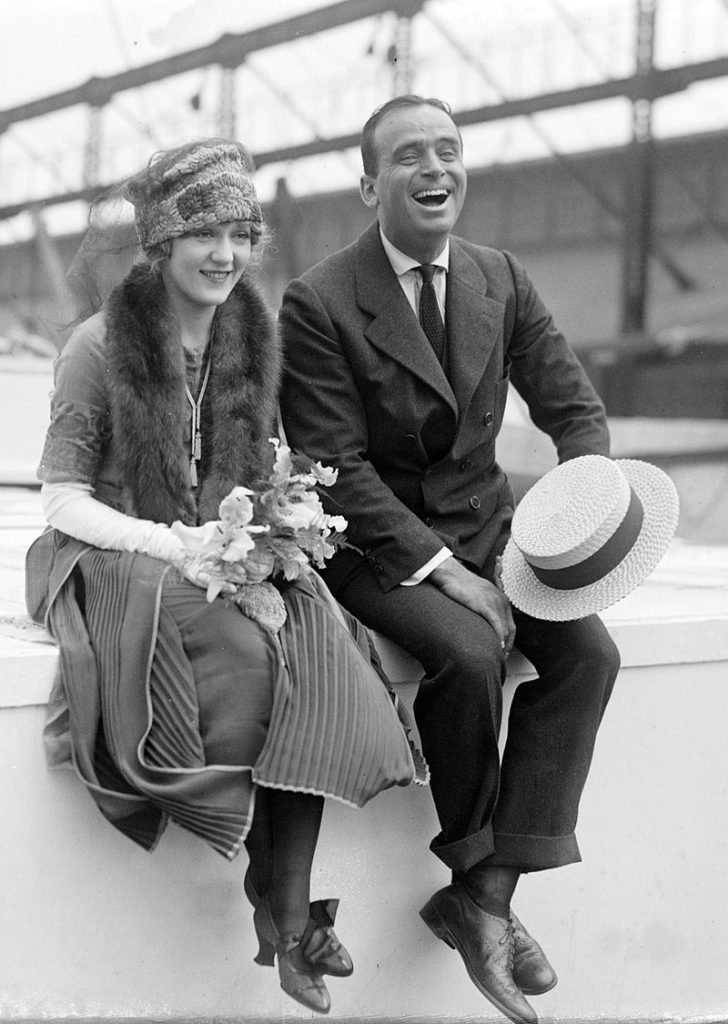
The newfound freedoms of the era, especially for women and minority communities, laid the groundwork for future social and political movements. The Jazz Age wasn’t just a party; it was a catalyst for change.
The Roaring Twenties, with its dazzling social life and electrifying nightlife, came to an abrupt end with the onset of the Great Depression in the early 1930s. The economic hardships of the era forced people to shift their priorities, and the carefree spirit of the Jazz Age gave way to the challenges of a new decade.
In conclusion, the Roaring Twenties were a time of unparalleled social transformation and cultural vibrancy. The social life and nightlife of this era were characterized by a spirit of rebellion, liberation, and unbridled celebration. It was an era that defied conventions, challenged societal norms, and left an enduring legacy in the realms of music, fashion, dance, and social progress. The Jazz Age, indeed, an age that roared with a passion for life, and its echoes can still be heard in the cultural tapestry of the modern world.

One thought on “The Lure of Roaring Twenties: Social Life and Nightlife of the Jazz Age”